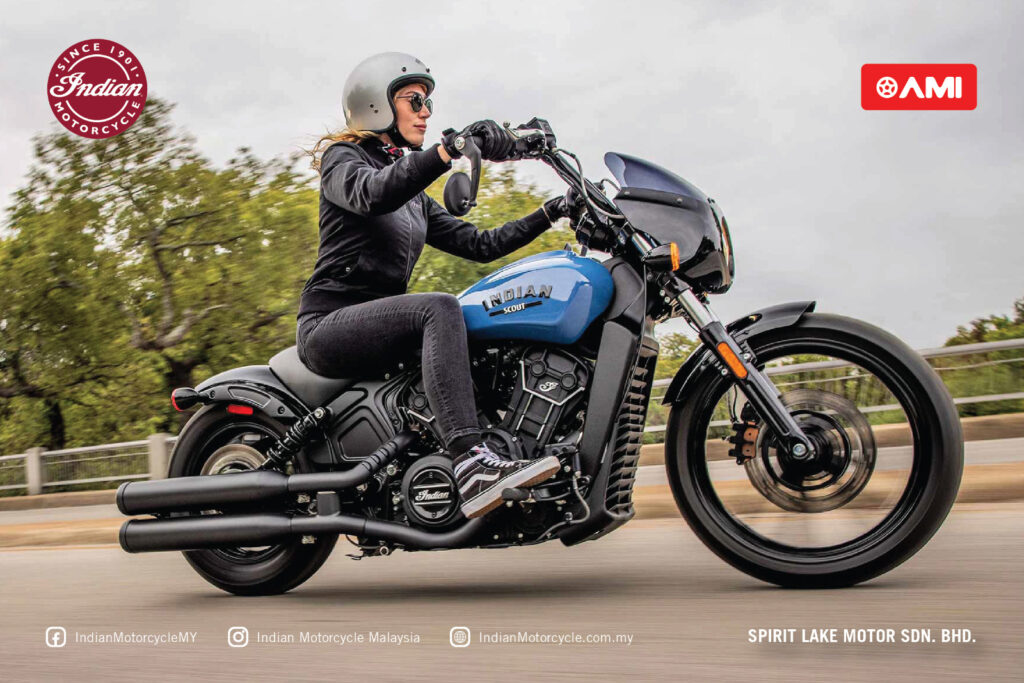The slipper clutch is a common feature in road motorcycles nowadays, compared to when it was used in racing exclusively. Even some “performance” kapchais are equipped with it.
Why do we need a slipper clutch?
We are familiar with that deceleration when we shut off the throttle, or when we downshift. That is called engine braking or back torque. It is especially strong on four-stroke motorcycles with bigger engines that produce higher torque. The higher the engine’s torque, the higher its back torque too.

This engine braking can become intrusive, especially when we downshift to aggressively or we accidentally downshift to a gear that is too low. It can cause the rear wheel to hop, or even lock up momentarily. It is not something we want as we are tipping the bike into a corner, and certainly when the road is wet.
How does it work?
That is exactly why the slipper clutch was developed for: To reduce the engine’s back torque through the clutch plates to the transmission and to the final drive.
Slipper clutches usually consists of ramps that would cause the clutch basket to disengage or in other words, “slip” when the rear wheel tries to drive the engine faster above a certain deceleration threshold.
These angled ramps let the clutch faces which are normally meshed together under acceleration and normal riding to pull apart and disengaging the plates when there is too much back torque. Consequently, the rear tyre continue to rotate. It also decreases wear and tear on other transmission and engine parts due to the engine overrevving.
However, on some more sophisticated bikes (read: expensive), the slipper clutch works in conjunction with an electronic feature called engine braking control which regulates the engine speed to avoid clutch hop altogether. But that is a story for another day.

















